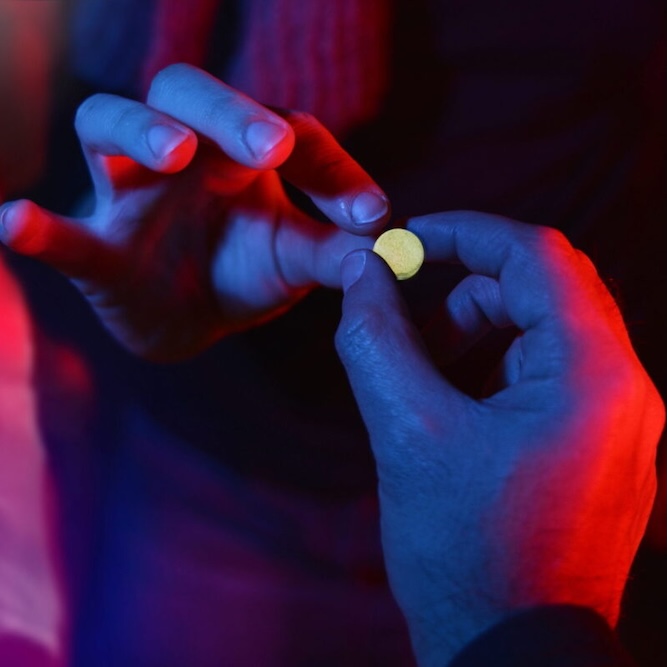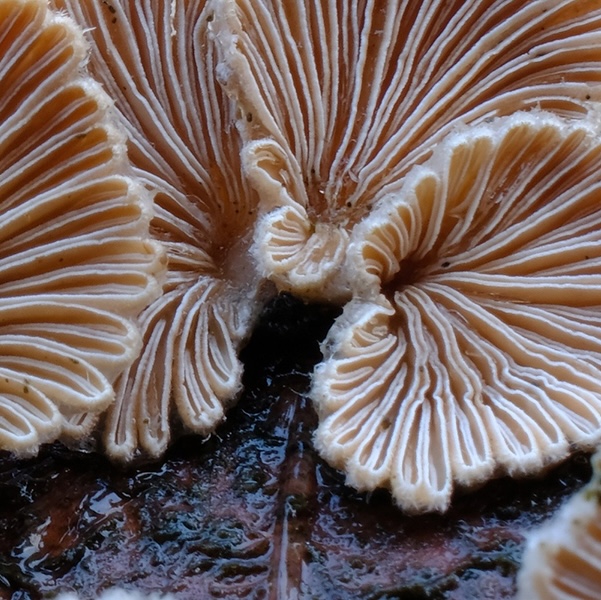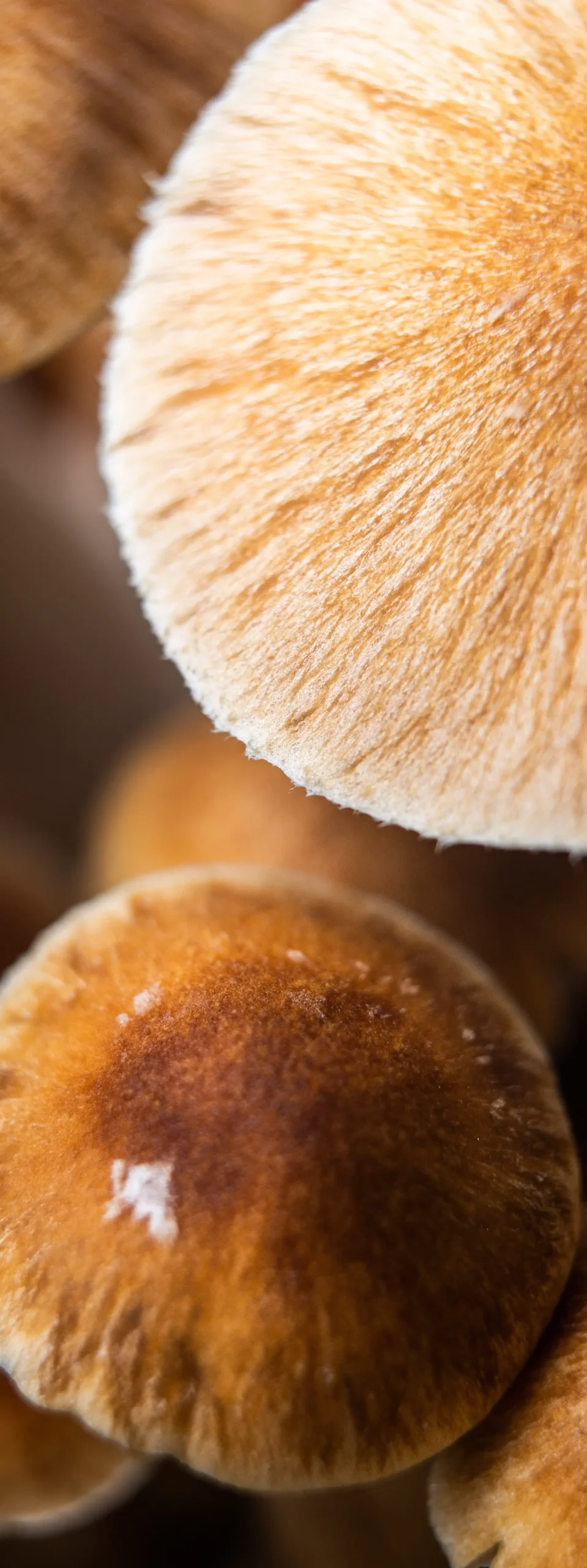Artificial intelligence (AI) is rapidly transforming drug discovery, and psychedelics are no exception. In recent developments, scientists have harnessed AI tools to identify over 100,000 potential new psychedelic compounds.
These aren’t just random chemicals – they are candidates predicted to interact with the same brain receptors that known psychedelics target, which could lead to new therapies for mental health. This breakthrough demonstrates the power of machine learning in chemistry, using algorithms to explore chemical space far beyond what humans could do manually.
In this blog, we’ll explain how AI achieved this feat, what methods were used (from deep learning models to generative chemistry), and what it could mean for the future of psychedelic research and treatments.
How AI found hundreds of thousands of psychedelic candidates
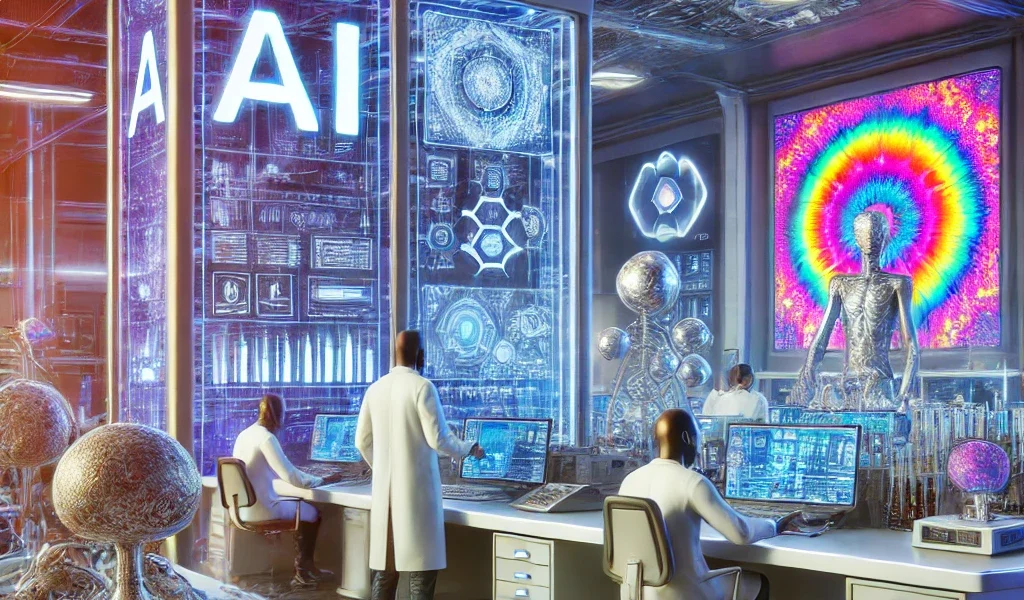
The discovery of 100,000+ new psychedelic-like molecules was made possible by combining AI-based protein modeling with virtual drug screening.
Researchers leveraged DeepMind’s AlphaFold, a cutting-edge AI that predicts protein structures, to model the shape of key brain receptors involved in psychedelic effects.
One such target was the serotonin 5-HT2A receptor – the primary site LSD and psilocybin bind to in order to induce psychedelic experiences.
With an accurate receptor model in hand, computational chemists could then use virtual screening to evaluate how millions (even billions) of chemical structures might fit into that receptor’s binding site.
AlphaFold’s role
AlphaFold provided high-quality 3D models of the receptor proteins. This was crucial because knowing the precise shape of a receptor’s active site allows virtual screening to be far more effective.
Previously, getting such protein structures relied on lab techniques like X-ray crystallography or cryo-EM, which take months or years. AlphaFold’s predictions are available “at the touch of a button,” dramatically speeding up the process.
Virtual screening
Researchers then deployed docking algorithms – computer programs that try to “fit” virtual molecules into the receptor model like pieces of a puzzle.
- Hundreds of millions of molecules were virtually “docked” to see which might bind well.
- From this enormous catalog of possibilities, the AI flagged hundreds of thousands of hits that had strong predicted interactions with the receptor.
In essence, the AI sifted a haystack of chemical space and pulled out a huge number of “needles.”
What stunned scientists was not just the quantity of new compounds, but their novelty.
“There were no two molecules that were the same. They didn’t even resemble each other.” – Dr. Brian Shoichet
Yet, both AI- and traditionally-identified sets showed similar success rates in lab testing, meaning AlphaFold’s virtual hits were just as likely to work as those from older techniques.
In fact, the AI-based screen even identified some of the most potent activators of the serotonin receptor, outperforming the conventional approach in that regard.
“AlphaFold is an absolute revolution. If we have a good structure, we should be able to use it for drug design.” – Dr. Jens Carlsson
Machine learning methods behind the discovery
So, what specific AI and machine learning methods made this possible?
There were two key parts:
- Deep learning for protein structure prediction
- Generative models for molecule design
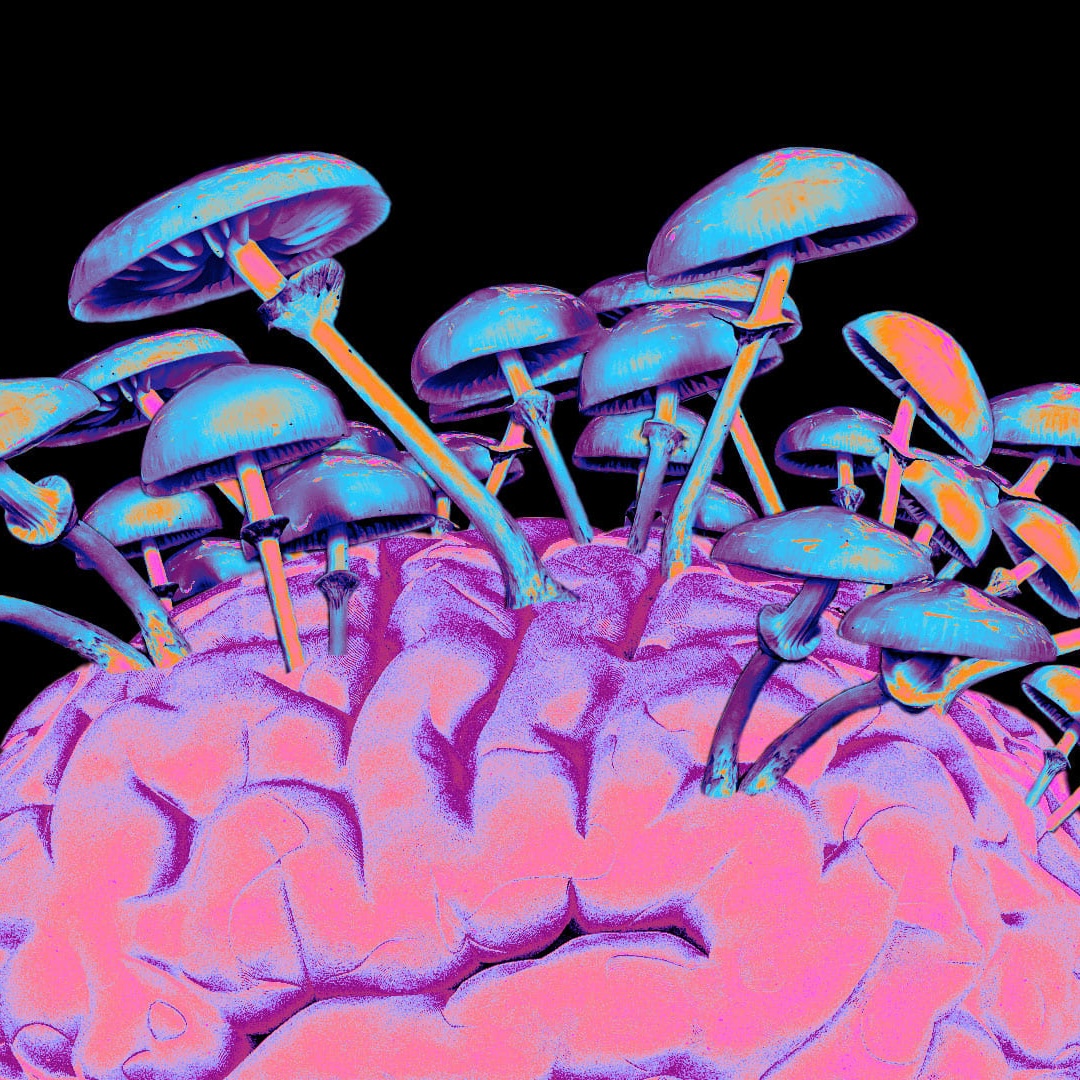
Deep learning for protein structures
AlphaFold itself is powered by deep learning. It was trained on known protein structures and learned to predict how amino acid sequences fold into 3D shapes.
By 2022, AlphaFold had predicted structures for virtually every protein in the human body, including those relevant to psychedelics. Having these structures enabled the virtual docking described above.
This demonstrates a “game-changer” application of AI: using predictions when experiments are too slow.
Generative chemistry models
Beyond just screening existing molecule libraries, AI can also invent new molecules from scratch. Generative models – a class of machine learning models – are like imaginative chemists that create novel chemical structures meeting certain criteria.
For example:
- One research team developed a system called MegaSyn, which uses deep neural networks (LSTM-based) to generate new psychedelic analogs.
- They “primed” the model with known psychedelic structures (like those of LSD, psilocybin, ibogaine, etc.) and then let it riff and produce variations.
- The result? The AI generated 100,000 new compounds that didn’t exist before.
These were then filtered and scored with multi-objective criteria, like:
- Predicted activity at a target receptor
- Drug-likeness
In a remarkable validation of this approach, the AI’s top 50 suggestions included tabernanthalog, a promising psychedelic analog that chemists had invented a couple of years prior.
How generative chemistry works
Generative chemistry often employs deep learning architectures like:
- Recurrent neural networks (RNNs)
- Variational autoencoders (VAEs)
These are trained on millions of known molecules. They learn the “language of chemistry” (often using SMILES strings) and then generate new “sentences” (molecules) that follow the learned patterns.
More advanced approaches use:
- Reinforcement learning
- Genetic algorithms
These methods are guided by reward functions, such as:
- How well the molecule might activate a certain receptor
- How “drug-like” it is
AI doesn’t just randomly generate molecules – it steers toward desired pharmacological properties.
Implications for research and treatments
The identification of 100,000+ new psychedelic compounds by AI is not just a big number – it could signal a new era for psychedelic science.
Faster drug discovery
What used to take chemists years of synthesis and testing can now be accelerated dramatically.
- AI can propose molecules in days
- Automated synthesis robots can make and test them in high throughput
This could lead to a rapid expansion of the psychedelic medicine pipeline.
Novel treatments
Many of the AI-discovered compounds are structurally distinct from classic psychedelics.
For example:
- Researchers are interested in non-hallucinogenic analogs that retain therapeutic effects (like antidepressant or neuroplasticity benefits) without the intense trip.
- If some of these 100k compounds fit this profile, they could become next-generation psychedelic therapies.
“Many drug targets might not yield to existing experimental tools easily.” – Dr. Carlsson
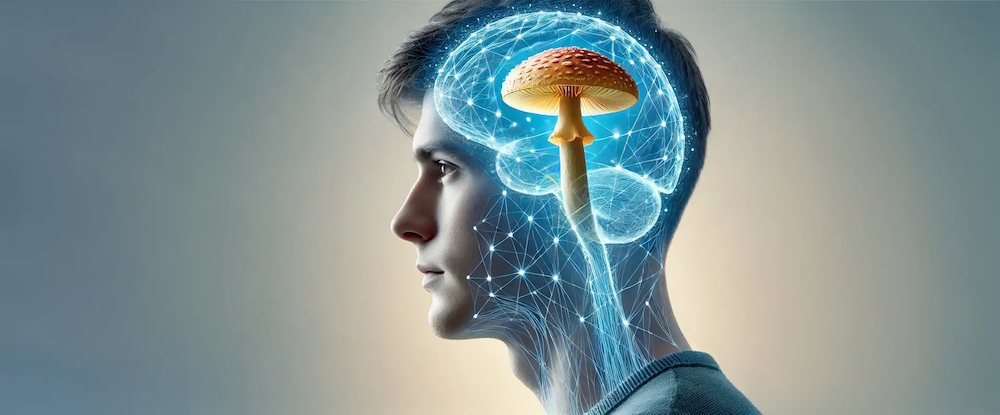
Understanding structure-activity relationships (SAR)
With so many new molecules, scientists can study how slight changes in structure alter effects.
- AI can point out patterns in molecular design
- Helps understand why some compounds cause hallucinations while others don’t
- Informs design of safer and more effective psychedelic drugs
Resource efficiency
By trusting AI models like AlphaFold:
- Research teams might bypass slower lab steps
- One team estimated that AI-predicted structures could jump-start a project by years
- This saves time and money, especially important in underfunded fields like psychedelics
Psychedelic research legitimacy
The success of AI in this domain boosts the credibility of psychedelic science.
- It’s aligned with cutting-edge tech
- May attract more funding and interest from pharma and investors
- Companies like Schrödinger Inc. are exploring this, while noting AI isn’t a silver bullet
This convergence positions psychedelics at the forefront of biotech, not the fringe.
Expert insights on the AI-psychedelic revolution
Researchers in both AI and pharmacology are excited by these developments.
“It would be very convenient if we could push the button and get a structure we can use for ligand discovery.” – Dr. Jens Carlsson
Dr. Brian Shoichet and Dr. Bryan Roth were initially skeptical but came to see that AlphaFold could identify different, yet equally promising drug molecules.
“It’s a genuinely new result.” – Dr. Shoichet
Caution and balance
Not everyone is blindly optimistic.
- Karen Akinsanya of Schrödinger Inc. emphasizes that AI predictions aren’t always useful.
- In about a third of cases, they may jump-start discovery. In others, they may mislead.
Human expertise and lab testing remain essential.
AI widens the funnel, but humans develop the drugs.
Future possibilities
AI “thinks” about chemistry differently than humans.
- Some AI-designed psychedelics might bind in ways we didn’t expect
- This could lead to precision medications with finely tuned effects
Startups like MindState Design Labs are aiming to design molecules that produce specific subsets of psychedelic experiences, opening doors to tailor-made mental health outcomes.
Conclusion: a new frontier for psychedelic science
The use of AI to discover 100,000+ psychedelic-like compounds is a dramatic illustration of how technology can accelerate science.
“We are literally witnessing new psychedelics being dreamed up by a computer and brought into reality.”
This could usher in an era of “Psychedelics 2.0”, where:
- Drugs are AI-crafted
- Healing is maximized
- Risks are minimized
Imagine:
- Novel antidepressants with psychedelic-level power, but no hallucinations
- New experiences that treat formerly intractable conditions
While full clinical testing takes time, the journey has begun.
The takeaway:
AI won’t replace chemists or psychiatrists, but it supercharges discovery in a field that was dormant for decades. The gates to psychedelic chemistry have been thrown open.
For anyone interested in psychedelics – whether a user, scientist, or observer – it’s a thrilling development.
The psychedelic renaissance just got a high-tech upgrade, and the coming years may be the most exciting yet.
Sources:
- Callaway, E. (2024). AI Program Finds Thousands of Possible Psychedelics. Will They Lead to New Drugs? Scientific American/Nature scientificamerican.com
- Mushtaq, Z. (2024). AlphaFold reshapes drug discovery landscape. Mugglehead Magazine mugglehead.com
- Jane (2024). UK Scientists Use AI For Psychedelic Drug Research. PsychedelicExperience.net psychedelicexperience.net
- Alexander, R., & Hocevar-Trnka, J. (2024). RE104: A Novel, Fast-Acting Psychedelic for Postpartum Depression. Psychiatric Times psychiatrictimes.com
- MegaSyn Research (2022). Integrating Generative Molecular Design and Synthetic Viability. ACS Omega (PMC) pmc.ncbi.nlm.nih.gov


